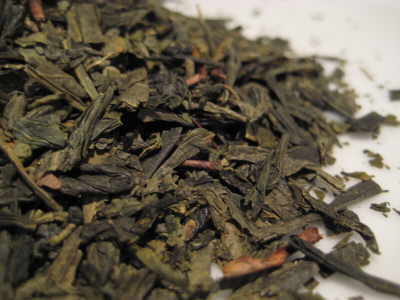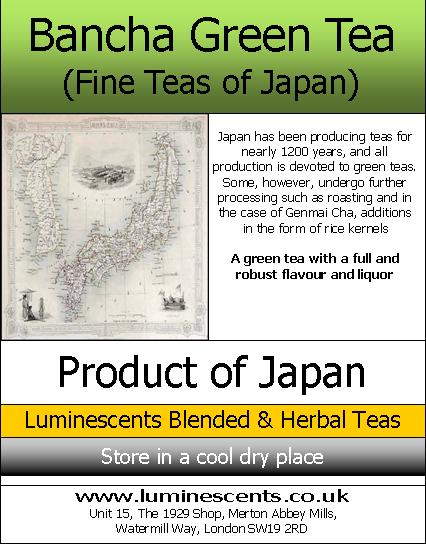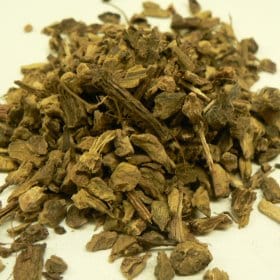Japanese Bancha Green tea made from mature leaves has a full and robust flavour and liquor.
Japan has been producing teas for between 1000 and 1200 years, and all production is devoted to green teas. Some, however, undergo further processing such as roasting and in the case of Genmai Cha, additions in the form of rice kernels.
Green tea is ubiquitous in Japan and is commonly known just simply as “tea”
Tea was first used in China, and in 1191, was brought to Japan by Myōan Eisai, a Japanese Buddhist priest who also introduced the Rinzai school of Zen Buddhism. Teas from Japan may often be referred to as “Japanese tea” to distinguish them from their Chinese green counterparts. Of course other stories abound such as the first documented evidence of tea in Japan dating to the 9th century, when it was taken by the Buddhist monk named Eichū on his return trip to China. We will probably never know for sure but whilst Japan makes some of the finest green teas in the world and has done so for at least a thousand years – it only accounts for around 2% of the world’s export of tea.
Japanese green teas are mainly made from Yabukita which is cultivar of Camellia sinensis.
Unlike Chinese green teas which are pan-fired, Japanese green teas are steamed giving them a more “vegetative” or “leafy” taste.
Japanese green teas are categorized by the age of the leaves: young leaves are called Japanese Sencha and the mature, larger leaves are called Japanese Bancha. Types of tea are commonly graded depending on the quality and the parts of the plant used as well as how they are processed.
| Country of Origin | Japan |
|---|---|
| Batch Code | DD 233654 |






